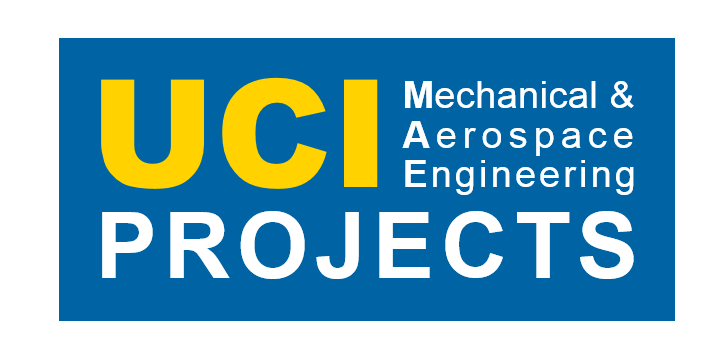This blog will be an overall update to cover all the topics that would have been discussed in the previous blogs.
Our team is in charge of the research, design, and implementation of renewable and sustainable energy resources to power a 6 kW data center. This is scaled to represent a 100 MW data center. Our faculty advisor, Dr. Jack Brouwer, is the Associate Director of the Advanced Power and Energy Program as well as the National Fuel Cell Research Center. He is assisting us in the design and grant proposals to give us ideas about possible paths we may take. He also provides assistance with any administrative issues that might come up.
The current team roster:
Gabrielle Cobos (Team Captain)
Allen Schellerup
John Stansberry
Robert Miller
Aaron Cheng
Ronald Domholdt
Mike Crowley
The main power source to power the data center will come from two sources – Solar panel array and a proton exchange membrane fuel cell (PEMFC). Originally, we wanted to have power come from three and possibly even four sources. However, due to wind speeds being around 5.6 MPH in our area, wind turbine energy was not a viable choice. Another idea was using a Solid Oxide Fuel Cell (SOFC), but due to the lack of a spare SOFC and cost of auxiliary equipment needed, a SOFC was not viable either.
Our power will operate on a day and night cycle. During the day, solar panels give the necessary energy to power our data center. Any excess energy will be used to power an electrolyzer to produce H2 gas and we will store that hydrogen gas in gas cylinders. Any excess energy that is not used by the electrolyzer will be routed to an uninterruptible power supply which houses 8 batteries that are rated at six volts each. During the night, the fuel cell will be the main source of power. The hydrogen created during the day, will power fuel cell.
To this day, our group has been focusing on project logistics. Since we are taking over a previous project that wasn’t finished, taking inventory was necessary to see where we stood in terms of progress on the project. We were given 40 solar panels by Southern California Edison where each panel is rated at 230 W. We also found our 8 batteries. They were missing for a very long time, but they were hidden in plain sight in one of our testing labs. Our electrolyzer and its auxiliary components are accounted for. The PEMFC is not working. It seems that the exhaust system is broken, and we are lacking a coolant system for our fuel cell. We currently have a team designing a coolant system to dissipate the 6 kW of heat produced by the fuel cell system.
Recently, we washed the solar panels. The solar panels arrived covered in dirt and dust, so to increase efficiency of the panels, a thorough cleanse was necessary. Some of the panels were missing cables, so we took inventory of them as well. A team is currently designing the necessary layout and making the support system for the solar panels. After research, we found that the solar array is most efficient when angled at about 35o-40o throughout the whole year. More research is needed before finalizing the unistrut support system that the solar array will be mounted on.
As of now, our main concern is grant proposal writing, such as UROP, DOE, TGIF, and more. The necessary funds for this project seem to keep rising as we investigate more into what we need to complete this project.
